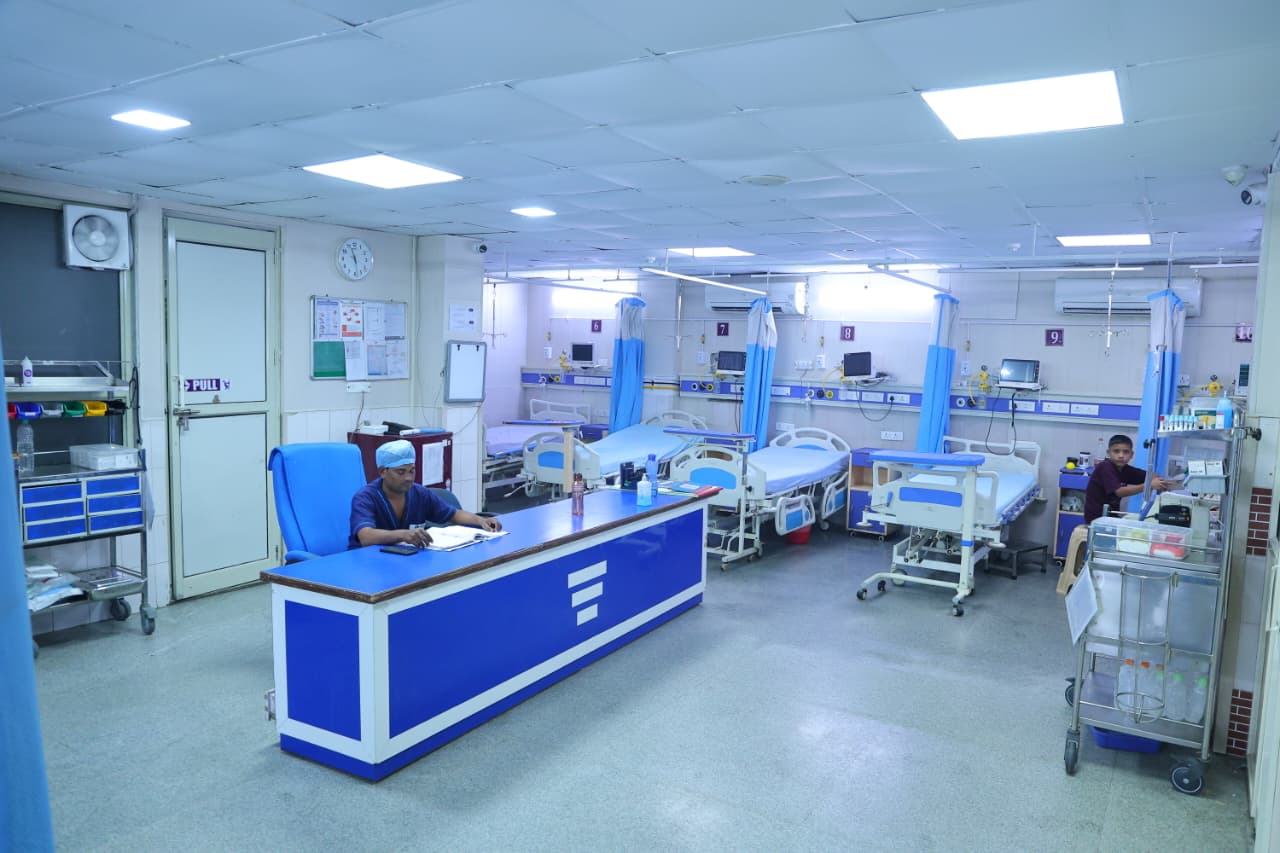
Designing and planning a hospital is a complex
process that directly impacts patient care, operational efficiency, and overall
sustainability. With advancements in technology and evolving patient needs,
hospital design must be forward-thinking, adaptable, and patient-centric.
Let’s
explore the key principles, emerging trends, and best practices for creating
healthcare facilities that are ready to meet the challenges of the future.
Key
Principles of Hospital Designing and Planning
- Patient-Centric Design A
hospital’s layout should prioritize patient comfort and safety. From
intuitive wayfinding systems to private rooms that enhance patient
recovery, every aspect of design should cater to the needs of patients and
their families.
- Functional Zoning
Efficient zoning of spaces, such as separating public areas (like lobbies)
from clinical zones, ensures smooth workflows and reduces unnecessary
movement for staff and patients.
- Flexibility and Scalability
Future-ready hospitals are designed to accommodate advancements in medical
technology and changing healthcare demands. Modular construction and
adaptable spaces enable hospitals to expand or reconfigure with minimal
disruption.
- Infection Control
Effective infection control measures, such as seamless flooring, HVAC
systems with HEPA filters, and hand hygiene stations, are integral to
hospital design.
- Sustainability
Incorporating energy-efficient systems, renewable energy sources, and
sustainable building materials helps reduce the hospital’s environmental
footprint.
Emerging
Trends in Hospital Design and Planning
- Smart Hospitals The
integration of IoT (Internet of Things) and AI-powered systems is
revolutionizing healthcare. Smart hospitals use sensors and automation to
optimize patient care, monitor equipment, and enhance security.
- Healing Environments
Biophilic design, which incorporates natural elements like greenery and
daylight, promotes faster recovery and reduces stress for patients and
staff alike.
- Telemedicine and Virtual Care Spaces With the rise of telemedicine, hospitals are including dedicated
virtual care rooms and digital consultation hubs in their layouts.
- Sustainable Architecture Green
roofs, rainwater harvesting systems, and energy-efficient lighting are
becoming standard in hospital construction.
- COVID-19 Preparedness The
pandemic highlighted the need for isolation rooms, negative pressure
zones, and flexible layouts that can quickly adapt to surges in patient
volumes.
Best
Practices for Hospital Designing and Planning
- Engage Stakeholders Early
Collaboration with healthcare professionals, architects, and patients
ensures the design aligns with practical needs and expectations.
- Prioritize Safety and Compliance
Adhering to local and international safety standards, such as NABH and JCI
guidelines, is essential to ensure patient safety and operational
excellence.
- Optimize Workflow Efficiency
Strategic placement of departments minimizes staff fatigue and enhances
patient care. For instance, locating the emergency department close to
imaging services reduces turnaround times.
- Leverage Technology
Incorporate advanced medical equipment and IT systems into the design to
streamline operations and improve patient outcomes.
- Focus on Accessibility
Ensure that the facility is accessible to people with disabilities by
integrating ramps, elevators, and visual aids throughout the hospital.
Conclusion
Designing and planning a hospital is more than
just constructing a building; it’s about creating a healing environment that
addresses current needs while anticipating future challenges. By adhering to
key principles, embracing emerging trends, and implementing best practices,
healthcare facilities can deliver exceptional patient care while optimizing
operational efficiency. A well-designed hospital is a cornerstone of a thriving
healthcare system, ensuring a healthier future for all.
Recent Posts

Get Free
Consultations
Special Advisors









How to Set Up an ICU?